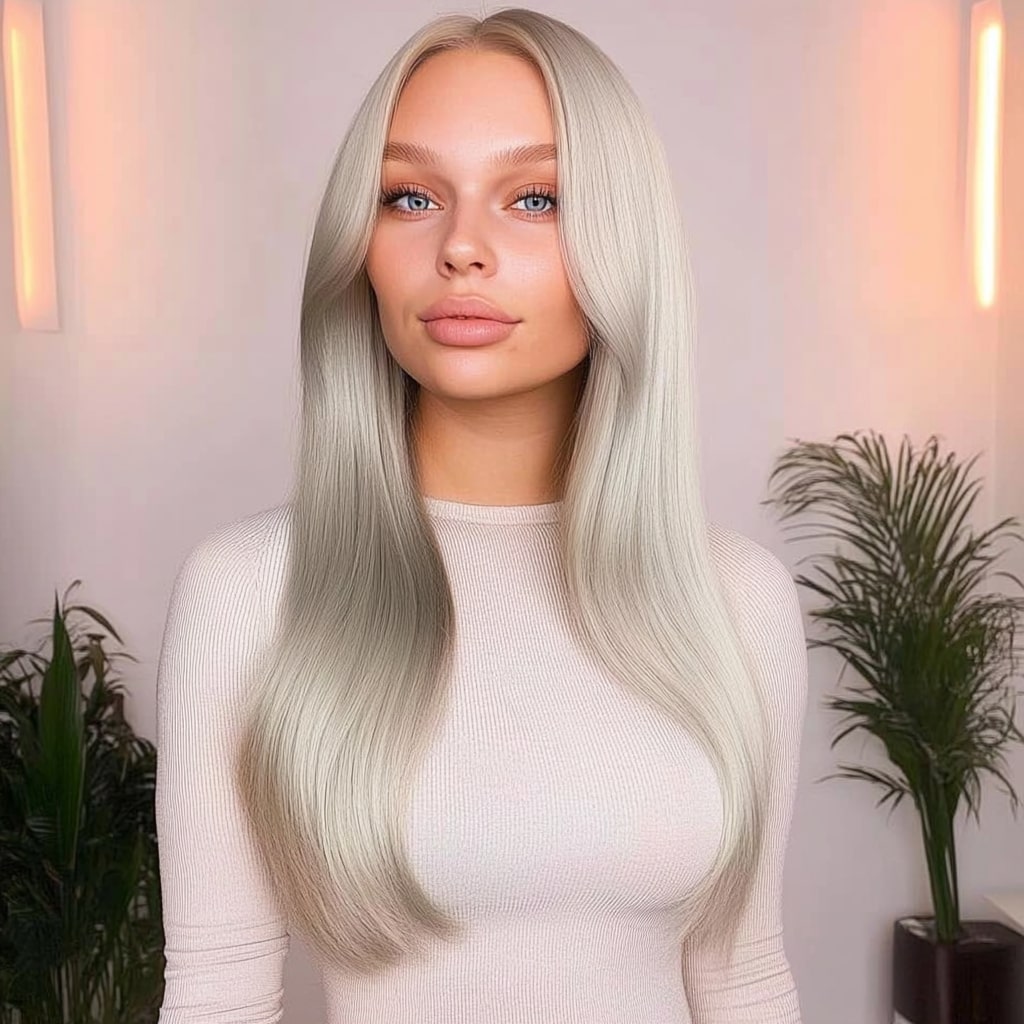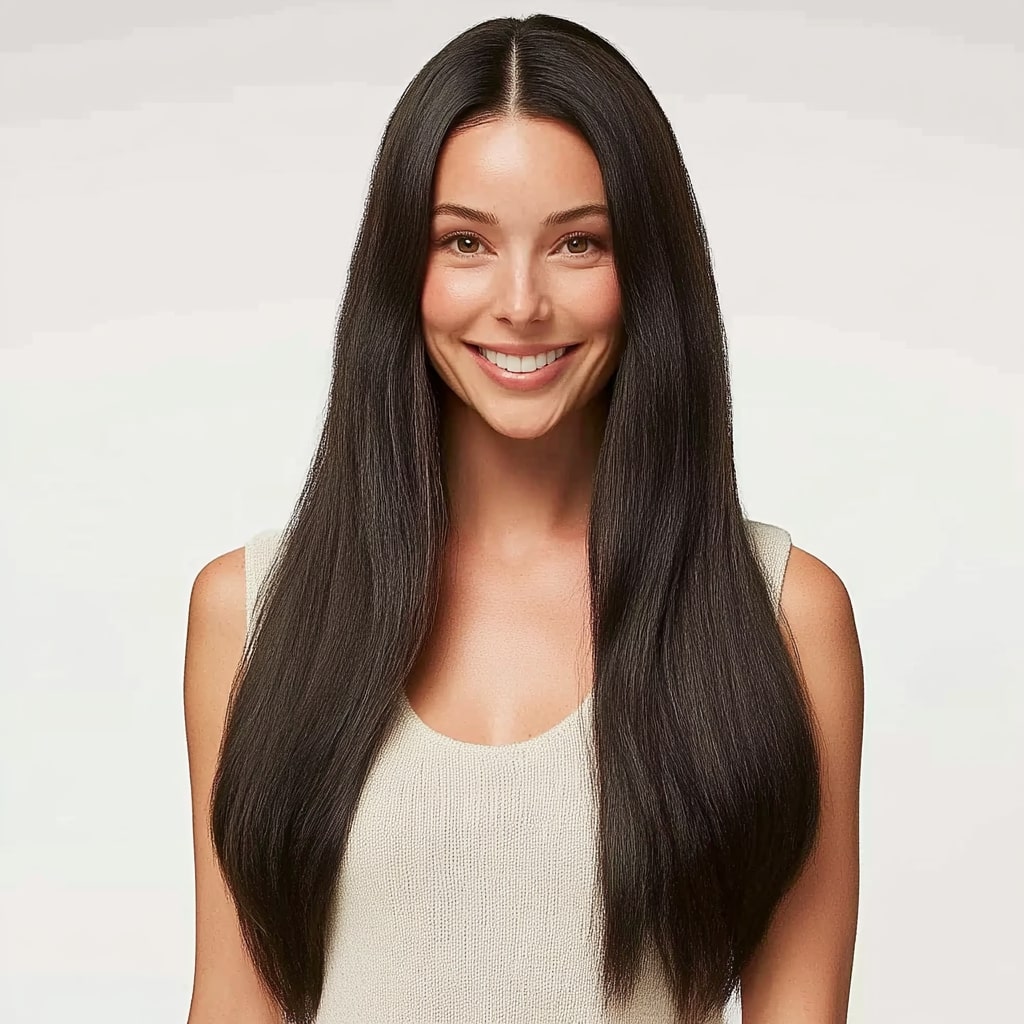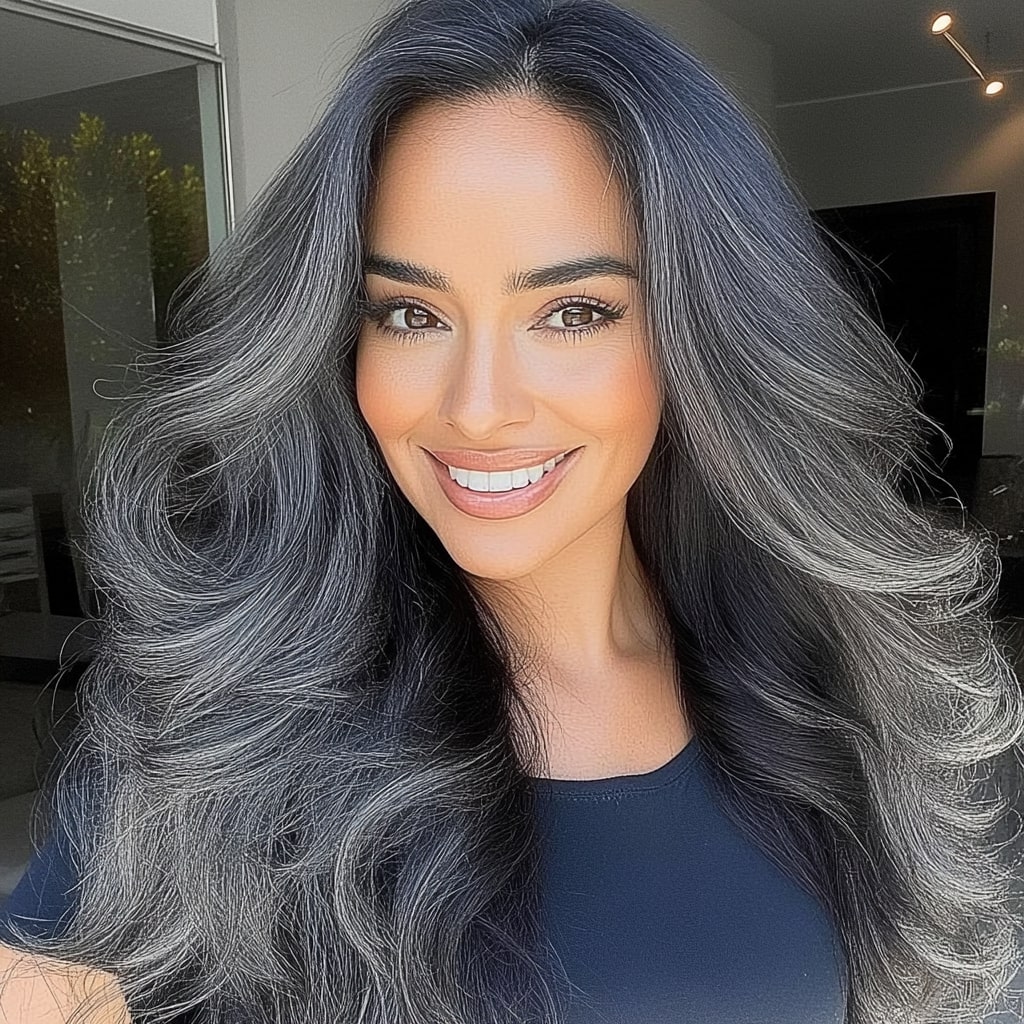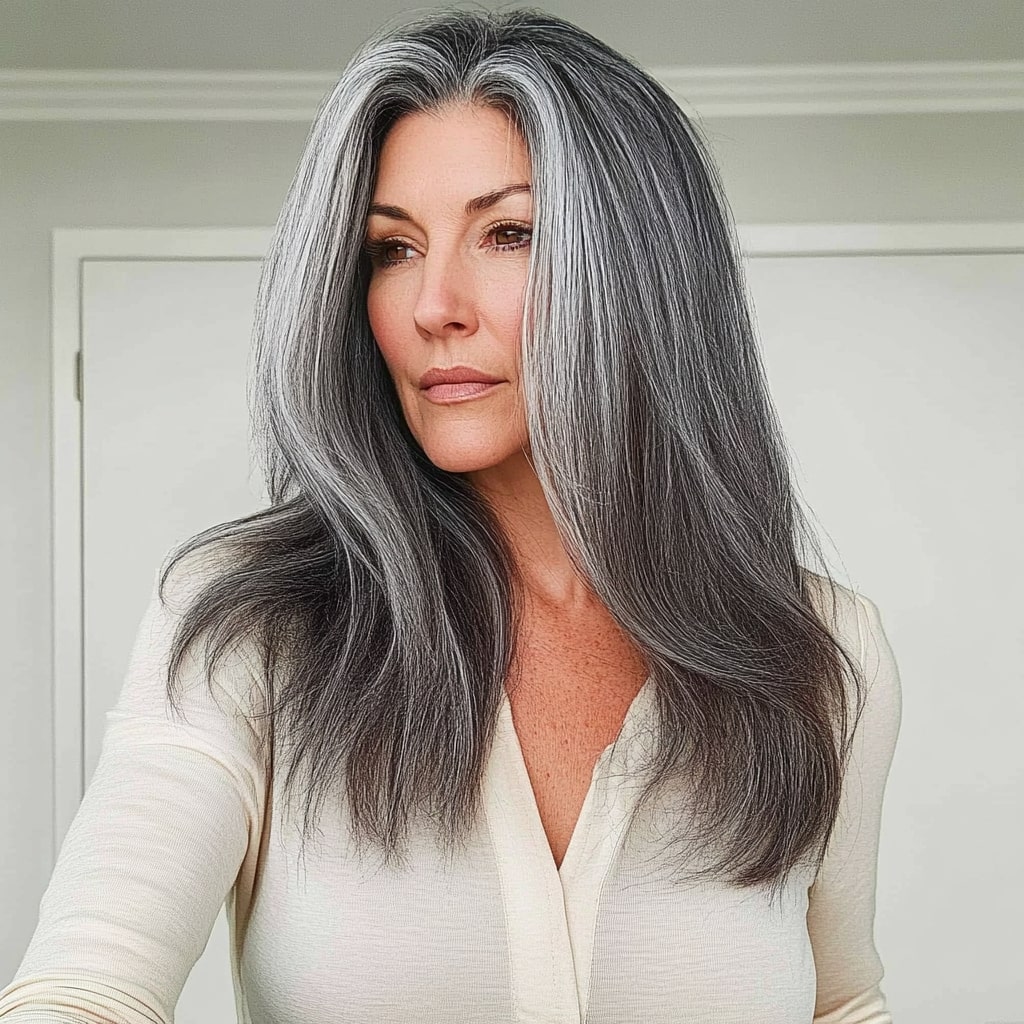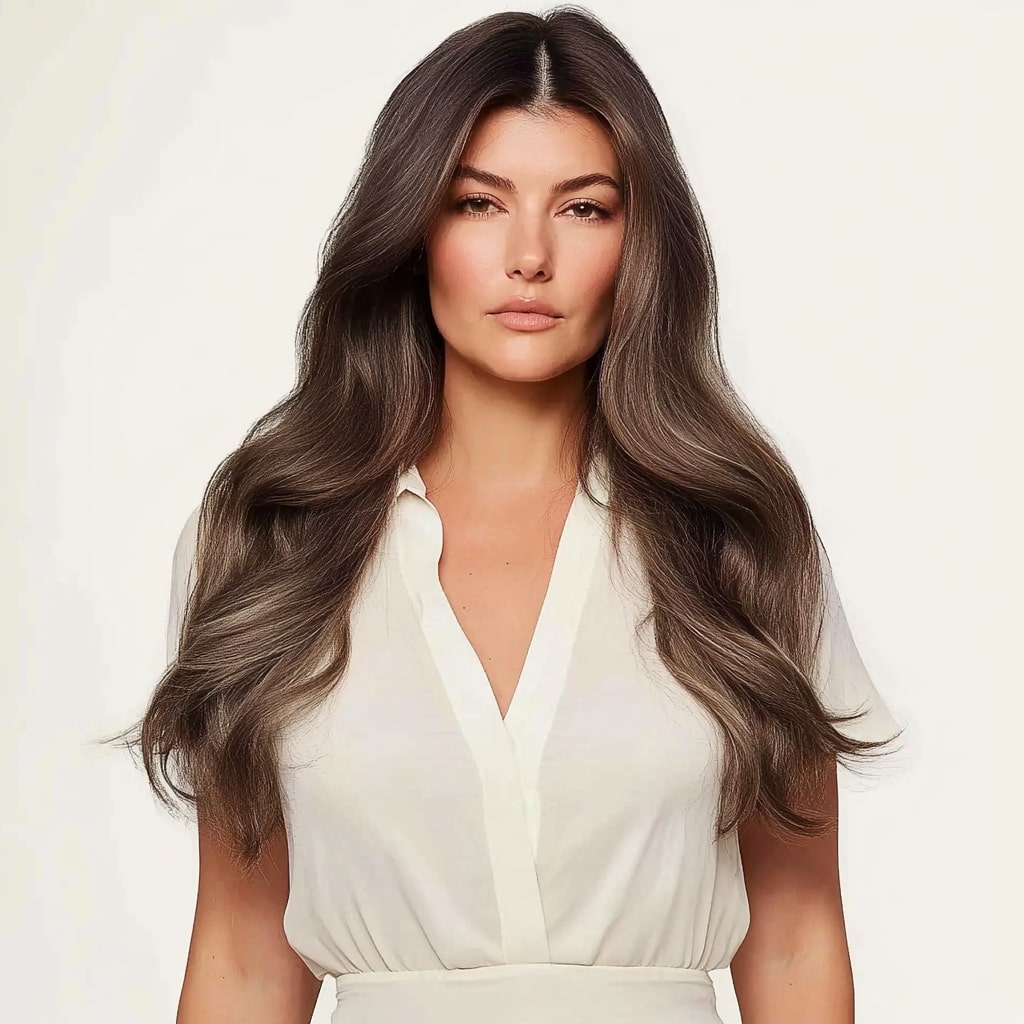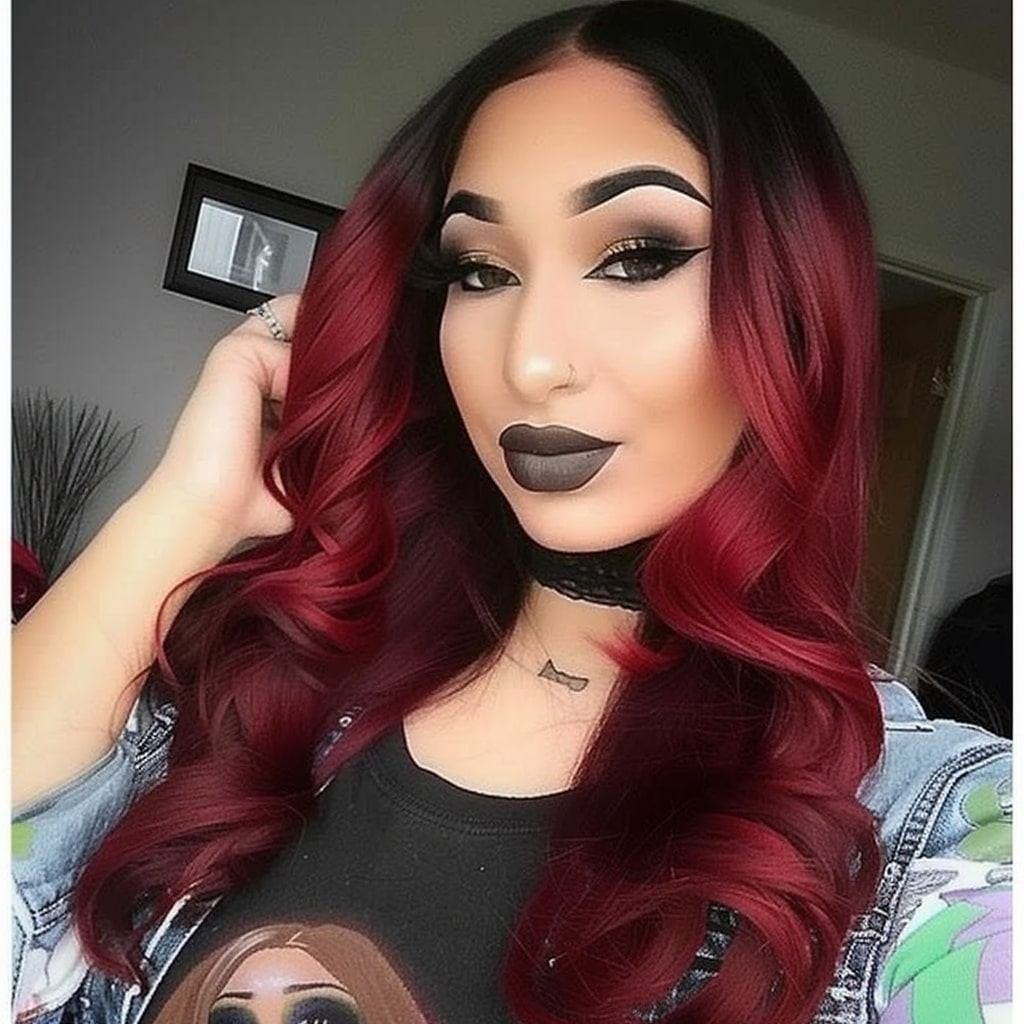Why Are My Blonde Extensions Turning Pink: Common Causes and Solutions
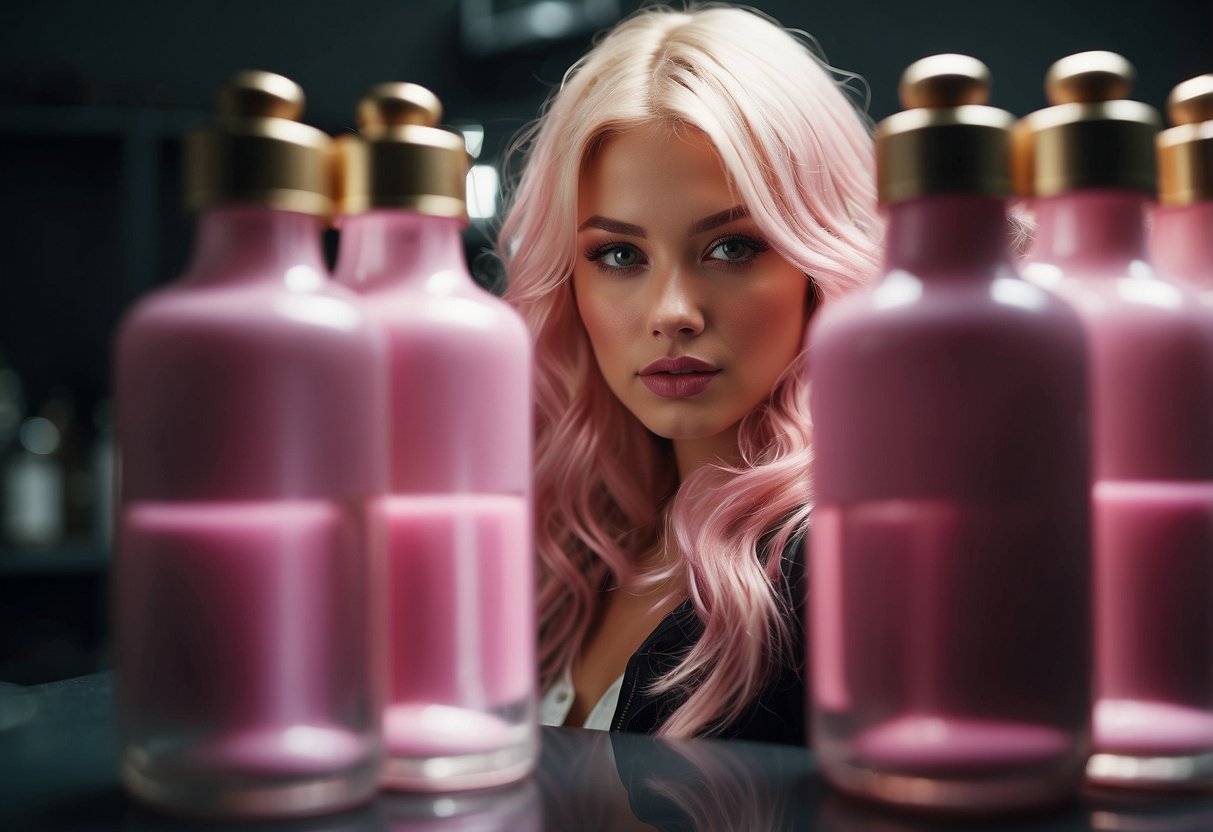
Blonde hair extensions are a chic way to add volume and length to natural hair. Yet, those sold by CanadaHair.ca, known for quality and variety, can sometimes develop pink hues. This discolouration often results from chemical reactions involving chlorine, minerals in water, or certain hair products.
Chlorine, often found in swimming pools, can chemically react with blonde extensions, causing them to take on pink or even greenish tones. Also, minerals like iron and copper from water can produce similar effects. Even some hair products may trigger this reaction, turning your extensions an unwanted colour.
CanadaHair.ca offers multiple options, including synthetic and real human hair extensions. They come in lengths from 14 inches to 28 inches and over 50 colours. Taking preventive measures, like using clarifying shampoos, can help maintain the original shade.
Key Takeaways
- Chemical reactions involving chlorine and minerals can turn blonde extensions pink.
- Using clarifying shampoos helps mitigate unwanted colour changes.
- CanadaHair.ca provides various high-quality extension options and customer service.
Understanding Hair Extension Discolouration
Blonde hair extensions from CanadaHair.ca are sold in a variety of high-quality options. Despite their quality, they can still experience discolouration due to various factors. Here's why your extensions might be turning pink.
Chemical Reactions and Heat
High temperatures from hair styling tools cause chemical reactions in hair extensions. These reactions can alter the colour of blonde hair, turning it pink. Additionally, the processing involved in creating synthetic or human hair extensions can make them more susceptible to heat damage.
For those using Tara Hair or Sam Conan brands, opting for lower heat settings can help maintain the original blonde shade. Real human hair tends to tolerate heat better than synthetic varieties. Still, extra caution is recommended to avoid unwanted discolouration.
Reaction with UV Exposure and Sunscreen Ingredients
Extended exposure to UV rays can significantly impact blonde hair extensions. UV rays can degrade the pigments in the extensions, leading to a pinkish tint. It's wise to cover your hair when out in the sun for extended periods or use products that offer UV protection.
Sunscreen ingredients like octocrylene and avobenzone can also cause pink or orange hues. When these chemicals come into contact with hair extensions, they can react with the pigments, altering the colour. To reduce this effect, keep hair away from sunblock where possible and rinse immediately if contact occurs.
Effects of Minerals in Hard Water
Minerals in hard water also contribute to hair discolouration. Calcium and magnesium are the primary culprits; they can bond with the pigments in blonde extensions, leading to unwanted colour changes. This is common in regions with high mineral content in their water supply.
Using a water softener or a chelating shampoo helps combat these effects. High-quality brands like Quality Hair and European Hair from CanadaHair.ca may show resistance to discolouration. Yet, regular maintenance is essential to keep the blonde hue intact.
Chlorine and Salt Water Impact
Blonde hair extensions are especially susceptible to chlorine and salt water. Chlorine from swimming pools can cause drastic colour changes, including turning blonde extensions pink. The chemical strips the natural protective layer from the hair, resulting in discolouration.
Salt water exacerbates this effect. When swimming in the ocean, the salt can combine with other environmental factors to degrade the hair's pigments. To protect your extensions, always rinse well after swimming and use products designed to remove chlorine and salt deposits.
Maintaining blonde hair extensions requires understanding the various elements impacting them. With CanadaHair.ca's high-quality options, taking these precautions can help keep your extensions looking their best.
Risks of Hair Products and External Substances

Blonde extensions, such as those sold by CanadaHair.ca, can turn pink due to various hair products and external substances. This occurs due to chemical reactions from these elements, affecting the colour of quality extensions from brands like Tara Hair, Quality Hair, and Sam Conan.
Impact of Hair Dye and Toning Products
Hair dye and toning products, especially those with high chemical content, can react with blonde extensions. Even products designed to maintain colour, like purple or silver shampoos, may alter the pigmentation.
CanadaHair.ca's extensions, available in real human hair and synthetic options, are sensitive to these treatments. Particular care must be taken with hair lengths from 14 to 28 inches and colours ranging from ombre to highlighted. Incorrect use can cause unexpected pink or orange hues.
Hair Care Products with Colour-Altering Potential
Many hair care products can affect the colour of blonde extensions. Items like leave-in conditioners, clarifying shampoos, and products containing sulfates might not be colour-safe. These can strip or change the pigments in high-quality extensions from CanadaHair.ca.
To maintain the colour integrity of Tara Hair and other premium brands, it is best to use sulfate-free and colour-safe products. Investing in these products helps maintain the vibrant look of the 50+ colours available, ensuring your extensions remain true to their original shade.
Interaction with Spray Tans and Self-Tanners
Spray tans and self-tanners can chemically react with blonde hair extensions, causing them to turn pink or orange. The ingredients in these tanning products can transfer onto the extensions and result in undesired colour changes.
Whether you choose synthetic or European hair extensions from CanadaHair.ca, it’s critical to protect your extensions from these products. Covering your hair or carefully applying tanners away from the hair can help prevent any unwanted colour shifts.
CanadaHair.ca offers tips and guidance to keep your extensions looking their best, with free returns and swatches ensuring you find the perfect match.
Hair Extension Quality and Source

The quality and source of hair extensions can significantly impact their appearance and longevity. Understanding these factors can help you make more informed purchasing decisions.
Differences Between Remy and Non-Remy Extensions
Remy hair extensions are known for their high quality. The hair cuticles are kept intact and aligned in the same direction. This helps to minimize tangling and ensures a natural look and feel. Remy hair often comes from a single donor, which enhances its quality.
Non-Remy hair extensions are typically sourced from multiple donors. The cuticles are not aligned, which can lead to tangling and matting. These extensions are often processed heavily to coat the hair, giving it a temporary shine.
CanadaHair.ca offers premium Remy hair extensions through its brands like Tara Hair and Quality Hair. These extensions are praised for their durability and smooth texture, and they are available in various lengths from 14 inches to 28 inches.
Identifying High-Quality Hair Extensions
When looking for quality hair extensions, consider factors like hair origin, processing methods, and brand reputation. Real human hair extensions are usually the best option for a natural look. Virgin hair has never been chemically treated, making it the purest form available.
CanadaHair.ca's brands, including Sam Conan and Quality Hair, provide both synthetic and human hair. These extensions come in over 50 colours such as black, brown, blonde, ombre, and highlighted. They offer free shipping, free returns, and even a service where you can send a selfie to info@canadahair.ca for personalized recommendations.
High-quality hair extensions from CanadaHair.ca also come with additional benefits like free colour swatches to help you choose the right shade. Always check reviews and ensure the extensions are made from reputable sources to avoid issues like unexpected colour changes.
Preventive Measures for Hair Extension Care

Proper care for blonde hair extensions from CanadaHair.ca involves routine maintenance, swimming and sun protection, and using suitable hair products. This ensures the longevity and colour retention of the extensions.
Routine Maintenance and Good Practices
Regular maintenance is key to keeping extensions in top condition. It's essential to use a moisturizing leave-in conditioner to keep the hair hydrated. Deep cleansing shampoos should be used to remove any product build-up.
CanadaHair.ca offers extensions in various lengths and over 50 colours. Regular brushing is necessary to prevent tangling, especially for longer lengths like the 28-inch options. Tara Hair and Quality Hair brands ensure high-quality, affordable extensions that hold up well with proper care.
Protective Strategies During Swimming and Sunbathing
Swimming pools and trips to the beach can be harsh on blonde extensions. Chlorine and saltwater can cause discolouration. Therefore, it's crucial to wet the hair with fresh water before entering the pool. This minimizes chlorine absorption.
When sunbathing, apply sunscreen to your skin but avoid chemical sunscreens on your hair. Use a hat or scarf to shield from direct sunlight. CanadaHair.ca extensions are available in black, brown, ombre, and blonde, which means different colours may require varying degrees of protection against environmental factors.
Suitable Hair Products for Extension Preservation
Choosing the right products is vital. Use shampoos and conditioners that are free from sulphates and parabens to avoid stripping the hair of natural oils. CanadaHair.ca offers free shipping and returns, making it easy to try different products.
Including UV stabilizers in your hair care routine protects against sun damage. Consistent use of quality, hair-appropriate products ensures over 50 colour choices retain their vibrancy. For personalized recommendations, email a selfie to info@canadahair.ca, or order 2 colour swatches for just $1 to find the perfect match.
Dealing with Discolouration
Blonde extensions, especially high-quality ones from CanadaHair.ca, can sometimes turn pink or brassy due to various reasons. Understanding how to correct discolouration can help maintain the beauty of your hair extensions.
Colour Correction Techniques
Dealing with discolouration starts with toning. Use a toning shampoo designed to neutralize pink or brassy tones. Look for shampoos containing violet and ash pigments which counteract unwanted colours. Products from reputable brands work best. Apply the shampoo and leave it on according to the instructions for effective results.
For deeper treatment, consider using the Malibu C Hard Water Treatment. This treatment removes minerals from your extensions that may cause discolouration. Follow the package instructions carefully, ensuring thorough rinsing.
Professional Services for Restoration
In some cases, treating discolouration at home might not yield the desired results. Visiting a salon that specializes in hair extensions can be more effective. Professionals can use advanced techniques and products to restore your extensions.
For example, the Malibu C CPR Treatment involves applying the CPR solution and using heat to activate it. This process can significantly reduce pink or brassy tones. Another recommended service is the Malibu C Miracle Repair treatment, which repairs and revitalizes the extensions.
Salons can also offer personalized advice on how to prevent future discolouration. Regular maintenance at a professional level can ensure long-lasting, vibrant extensions.
At-Home Remedies and Treatments
Several at-home remedies and treatments can help manage and prevent discolouration. A popular method is deep cleaning your extensions with a clarifying shampoo. This removes build-up and impurities that can contribute to colour changes. Wash your extensions gently and follow with a hydrating conditioner.
Using ingredients like apple cider vinegar can also help. Dilute vinegar with water and rinse your extensions to help balance pH levels and remove deposits. Be sure to rinse thoroughly to avoid any residual smell.
Keep your extensions safe from elements like chlorine and harsh sunlight. When swimming, wear a swim cap, and consider using products with UV protection to shield your extensions from sun damage. By following these tips, you can keep your blonde extensions looking fresh and vibrant for longer.
Factors Affecting Hair Extension Lifespan
Using hair extensions properly and considering daily habits can extend their lifespan significantly.
Significance of Following Manufacturer Guidelines
When investing in high-quality hair extensions from CanadaHair.ca, such as those from Tara Hair, Quality Hair, or Sam Conan, it is crucial to follow the manufacturer's guidelines. These instructions are tailored to maintain the extensions, both synthetic and real human hair.
Guidelines often include proper washing techniques, which help maintain softness and prevent damage. Avoiding harsh chemicals and using sulphate-free shampoos can protect the extensions’ natural pigment and avoid discolouration, like turning pink.
Extensions sold by CanadaHair.ca come in various lengths and colours. Adhering to the care instructions ensures these beautiful clip-in extensions maintain their volume and length over time.
Influence of Lifestyle and Daily Habits
Daily habits and lifestyle choices also impact the longevity of hair extensions. Exposure to sun, sea water, and chlorinated pools can damage extensions, particularly blonde shades.
To protect extensions, it's advisable to use UV-protectant sprays and avoid overexposure to harsh environments. Installing a water filter can help prevent minerals from hard water, which might cause discolouration or damage to the extensions.
Regularly brushing hair extensions, particularly those 14 inch to 28 inch from CanadaHair.ca, ensures they stay tangle-free and maintain their volume. Testing new products with a strand test can also prevent unexpected damage.
Frequently Asked Questions
Blonde hair extensions can sometimes change colour, turning a pinkish hue due to factors such as chemical reactions, poor hair quality, or even exposure to certain products. CanadaHair.ca offers high-quality hair extensions in a variety of lengths and colours to help you avoid these issues.
Why do my blonde hair extensions have a pink tint?
Blonde hair extensions from CanadaHair.ca may develop a pink tint due to a chemical reaction involving the hair’s pigmentation. Violet and ash pigments added to balance warm tones can sometimes react and cause this unwanted colour change.
What can cause blonde extensions to change colour?
Several factors can cause colour changes in blonde extensions, such as exposure to water with high mineral content, hair care products, and even pollution. Quality Hair and Sam Conan extensions sold by CanadaHair.ca are processed to minimize these risks, but it's still important to follow proper maintenance guidelines.
How can I correct my hair extensions that have turned pink?
To correct pink-tinted extensions, using a clarifying shampoo or a colour-correcting product can help. CanadaHair.ca recommends consulting with a professional stylist to ensure safe and effective treatment. Avoid harsh chemicals that may damage the high-quality hair.
Is there a way to remove pink hues from blonde extensions without using bleach?
Yes, you can remove pink hues without bleaching by using a purple shampoo. Tara Hair and European Hair extensions from CanadaHair.ca can be maintained with these shampoos to balance out unwanted tones. Regular use can help maintain the original blonde shade.
What should I do if my hair extensions become discoloured while on vacation?
If your blonde extensions from CanadaHair.ca discolour while on vacation, rinse them with purified water and use a gentle, sulphate-free shampoo to wash out impurities. Carrying a travel-sized purple shampoo can also help maintain their colour.
Can applying sunscreen lead to my blonde extensions turning pink?
Yes, certain sunscreens can cause blonde extensions to turn pink due to chemical reactions. When using CanadaHair.ca's extensions, ensure to cover your hair or use a sunscreen that doesn’t contain avobenzone, which is known to react with hair pigments.

 My Store Credit
My Store Credit
 Buy Again
Buy Again
